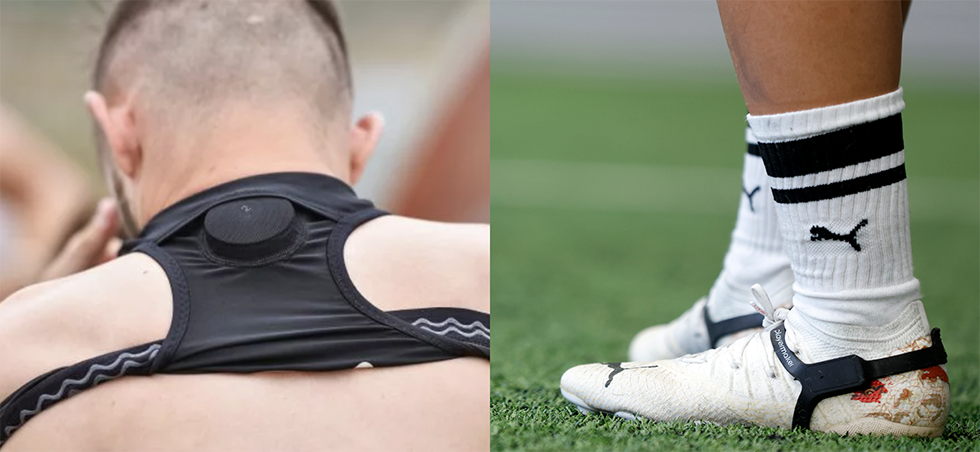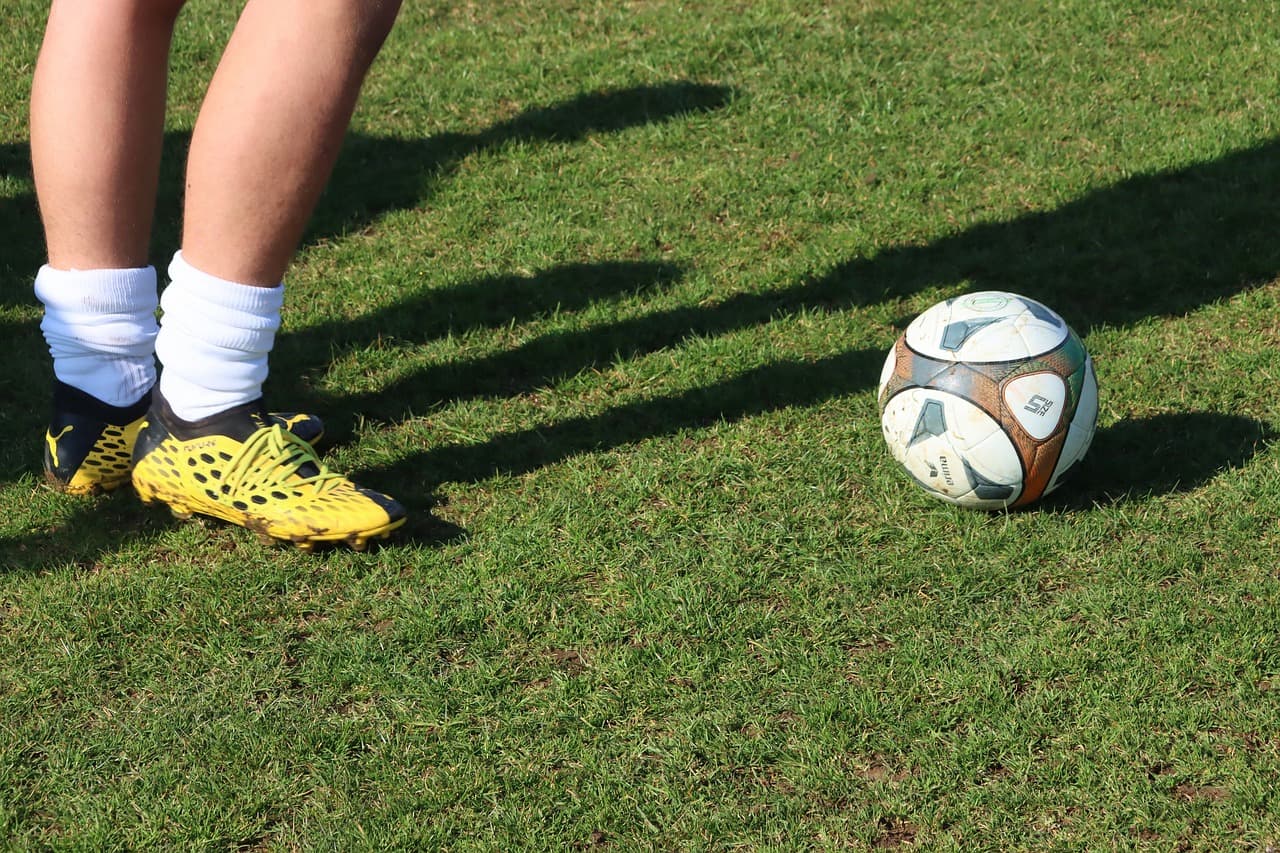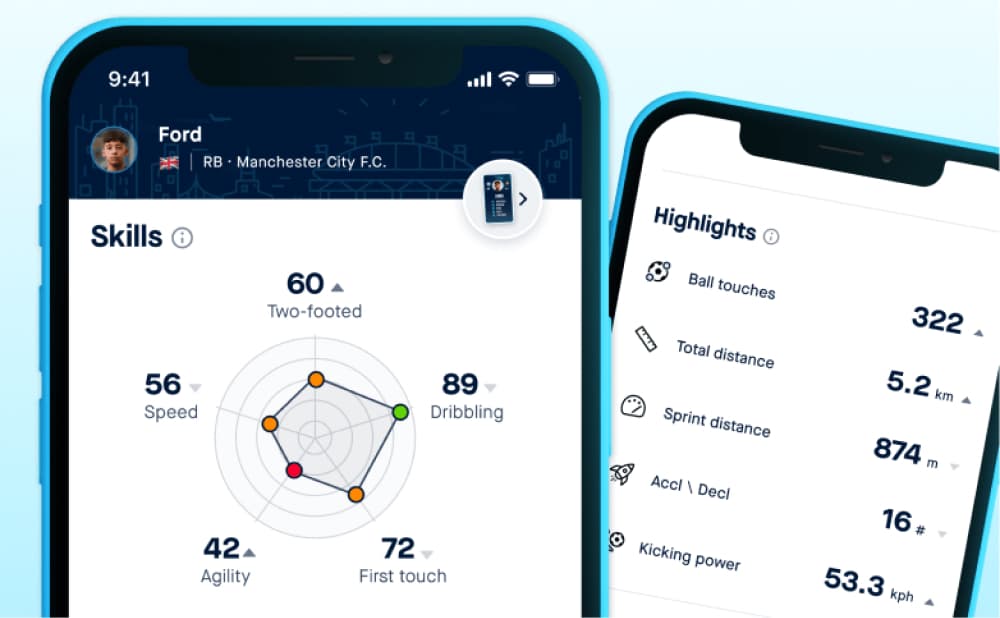In the past decade, soccer performance trackers were a privilege reserved for elite teams. Today, with a number of products on the market, both professionals and amateurs can benefit from technologies that monitor, analyze, and enhance players’ soccer ability.
Traditionally, soccer performance analysis relied heavily on video footage, but with today’s innovations, players can now get an in-depth analysis of their performance using all kinds of gadgets designed to track the most relevant game metrics. These soccer tracking systems have outpaced video analysis technology because they collect more data and provide a broader and deeper analysis of a player’s performance.
Watch Irish Player Noelle Franciisco compare Playermaker’s CITYPLAY to her GPS Vest:
Deciding to invest in a soccer tracker can be a beneficial investment for players who are motivated to outperform their competitors and level up their game in a data-driven way. Players adopt these innovations because they provide:
- Objective evaluation of their performance and abilities
- Fitness assessment, goal setting, and progress monitoring
- Identifying player strengths and weaknesses and developing those skill sets
- Injury risk management by load planning and monitoring
- Supporting scouting and recruitment efforts
- Working with a coach, trainer, or parent to build specific training programs based on data collected
So, with all the options on the market, we wanted to take a moment to break down how Playermaker’s trackers compare with some of the most popular tracking systems out there: the GPS vests. By delving into the advantages of Playermaker against other systems, we hope to help you make an informed choice on how to level up your game.
Comparing GPS Vests and Playermaker Trackers’ Capabilities:
To begin, it’s important to note that GPS vests are effective in their own right. They provide physical metrics that contribute to overall performance monitoring. However, they do have limitations, particularly in capturing data related to foot activity. It’s worth noting what you can find in both a standard GPS vest and a Playermaker tracker.
See a detailed comparison of features and measured metrics
Similarities:
- Collect data during practice and matches to aid analysis and performance improvement.
- Physical metrics, like distance covered, top speed, sprint distance, and sprint count, are common to both devices and help players, trainers, coaches, and parents plan training loads and build fitness routines that enhance performance outputs based on objective data and performance trends.
- Data is easily accessible via mobile apps, with straightforward setup and data transfer via Bluetooth.
- Lightweight, battery-powered devices that require pre-game charging.
Why soccer Trackers Outperform GPS Vests:
- Indoor Use: With Playermaker, you don’t need to limit yourself to nice weather and outdoor pitches, as we’ve got you covered indoors too.
- Placement On the Foot Provides soccer-Specific Insights: A vest setup places the sensors between your shoulder blades. With that placement of the sensor, the only data obtained is from full-body movement, not what’s going on with your feet. By placing the Playermaker trackers on the feet, it can collect additional performance data – the technical ability of a player. For instance, you can compare data of your weak foot vs. your strong foot to help you improve, but most importantly, you can measure soccer-specific movements of a player that are in the context of the game.
- Unique Metrics: The Playermaker trackers collect a number of technical metrics such as the number of touches, kick velocity, the number of possessions and possession speed, foot release zones, and so much more than you can’t find in any other product on the market.
- Comfortable Placement: Some players (ladies, looking at you) may find the placement of GPS vests uncomfortable. The discomfort is often due to the design and fit of the vests that aren’t specific to gender. Unlike the vests, Playermaker trackers are placed on the outside of the foot (cleat), are equipped with two comfortable waterproof sensors for each foot that sit inside durable silicone straps, designed for all playing conditions. The straps come in 2 sizes that allow both kids and adult players to track their game without noticing the device is even there.
- Match Skill Rating System: providing objective scoring for 5 key skills (Two-footed, Dribbling, First touch, Agility & Speed) helps players answer fundamental questions like: How skillful am I? How do I compare to my peers or heroes? How can I get better? Answering these questions is at the heart of empowering individuals to make informed decisions about their training focus and routines and ultimately allowing individuals to unlock their full performance potential.
GPS Vest Benefits:
- Provides a GPS field map displaying movements and activity zones during activity time, helping to monitor positioning and tactical decisions.
- Some models include a heart rate monitor, which helps gauge fitness levels and player endurance.
Using Both Devices:
- Doubling up is a common use case and will offer the most comprehensive picture of overall performance, but keep in mind some of the data will be redundant.
Choosing One Device:
- When budget constraints force a choice, consider whether you’ll be needing the device for indoor usage.
- Consider which metrics you want to measure and your individual goals, and review the above chart to get a sense of which device best fits your development plan.
In conclusion, Playermaker soccer trackers stand out as a superior choice over GPS vests due to their soccer-specific insights, comfort, and indoor usability. While using both devices can provide a broader perspective on your performance, opting for a soccer fitness tracker remains a wise choice for players seeking the most relevant and comprehensive data to enhance their game. If you want to learn more about Playermaker technology, explore the specifications and benefits on our website.









